-
×
2 x RED LIZARD WHIPTAIL CATFISH 5-7CM PLECO LIVE TROPICAL FISH MIX MALE FEMALE, Thriving Aquarium Fish, Ideal for Beginners Looking to Create a Vibrant Tropical Environment 2 × £28.00
-
×
-
×
-
×
-
×
Subtotal: £147.62

 2 x RED LIZARD WHIPTAIL CATFISH 5-7CM PLECO LIVE TROPICAL FISH MIX MALE FEMALE, Thriving Aquarium Fish, Ideal for Beginners Looking to Create a Vibrant Tropical Environment
2 x RED LIZARD WHIPTAIL CATFISH 5-7CM PLECO LIVE TROPICAL FISH MIX MALE FEMALE, Thriving Aquarium Fish, Ideal for Beginners Looking to Create a Vibrant Tropical Environment 

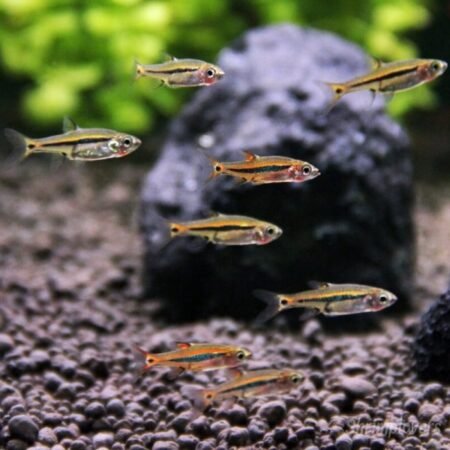
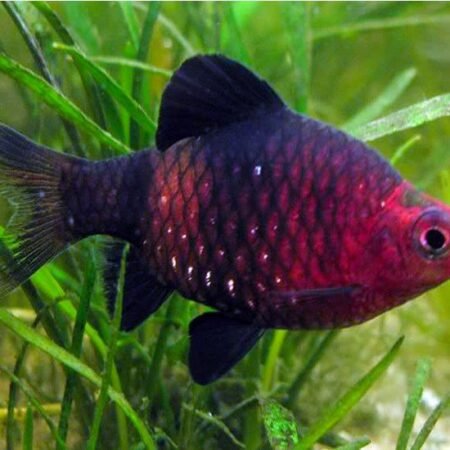
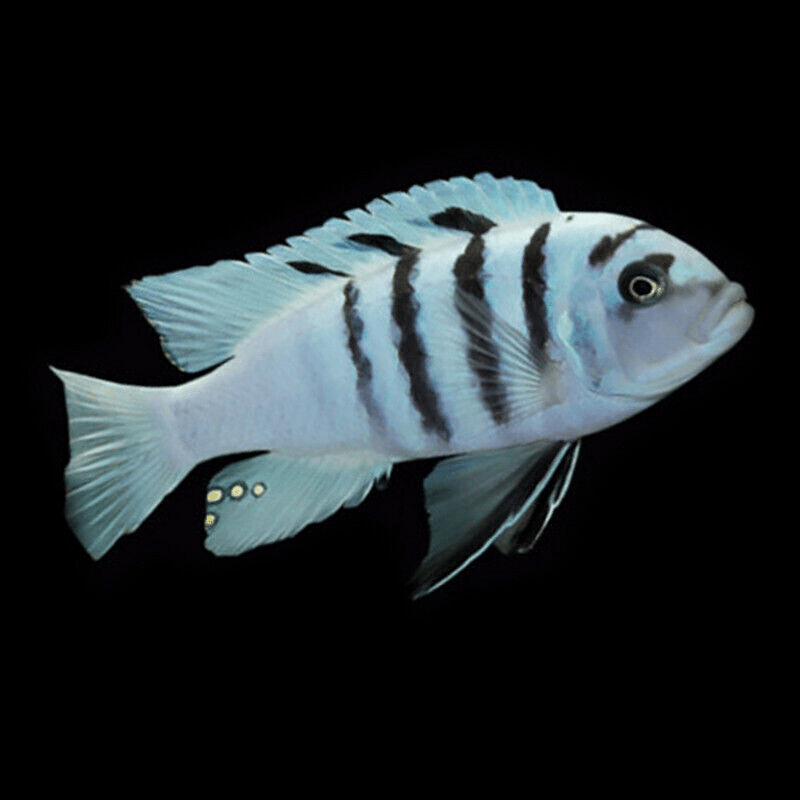
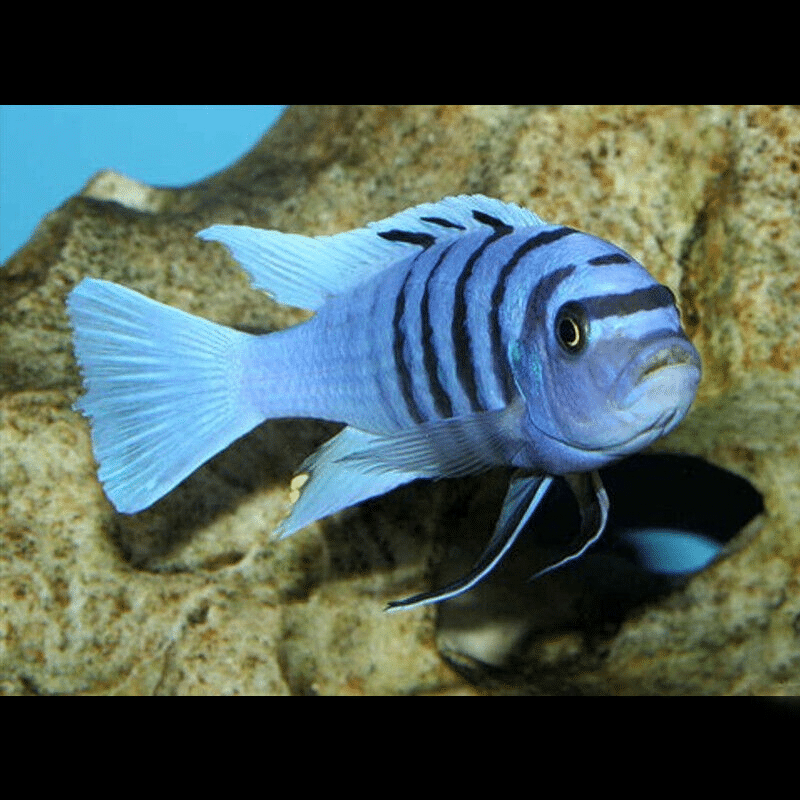


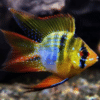
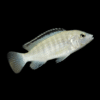








Jessica Moore (verified owner) –
I recently added the White Chimate Dogtooth Cichlid to my aquarium, and I couldn’t be happier! After about two months of observing their behavior, I can say these fish are not just stunningly beautiful with their vibrant colors and unique patterns, but they also have such lively personalities. I’ve kept various freshwater fish before, but the Chimate really stands out in terms of activity and interaction. They’ve taken well to my 75-gallon tank, showing off their playful nature while also establishing a peaceful hierarchy among the other Malawi cichlids.
One thing to note is that they do appreciate a well-maintained environment, so regular aquarium maintenance is essential to keep them happy and healthy. I’ve found they thrive best with a slightly higher pH and good filtration, which I’ve been diligent about.
If you’re looking for a fish that adds not just color but also character, I highly recommend these cichlids! They’re perfect for both experienced aquarists and those looking to dive deeper into the hobby. Just be prepared to provide them with a bit of space and attention to their needs. I would definitely buy more in the future!